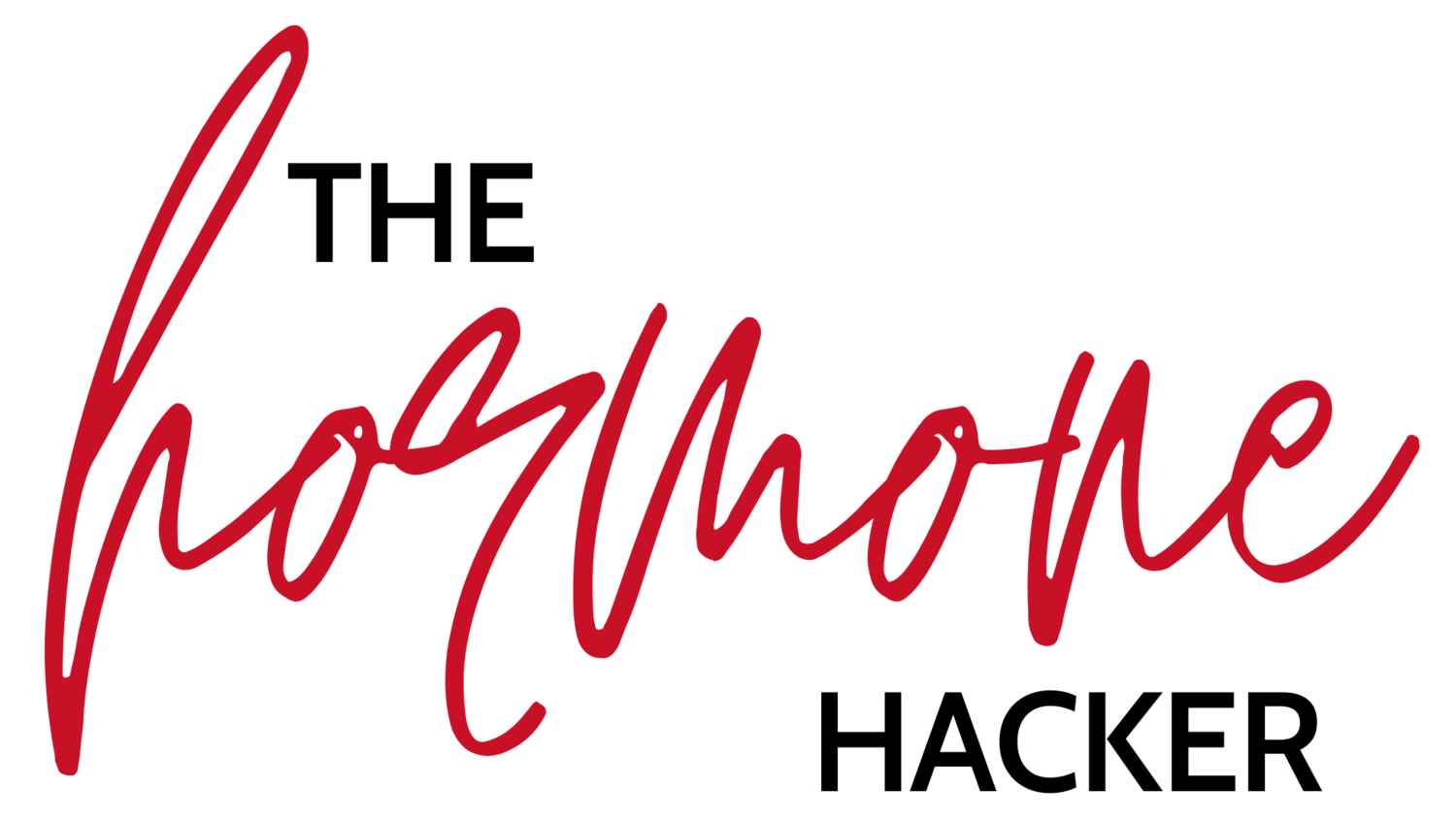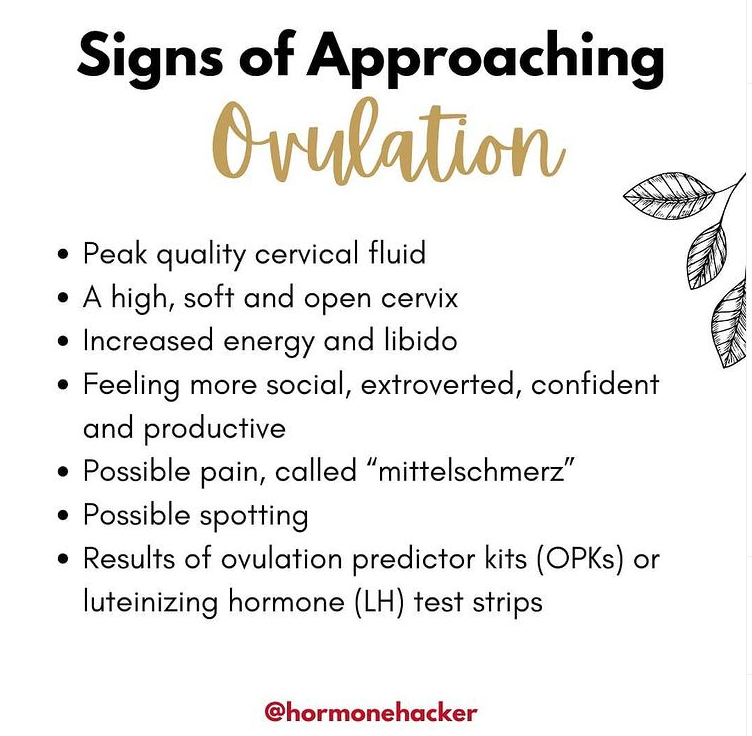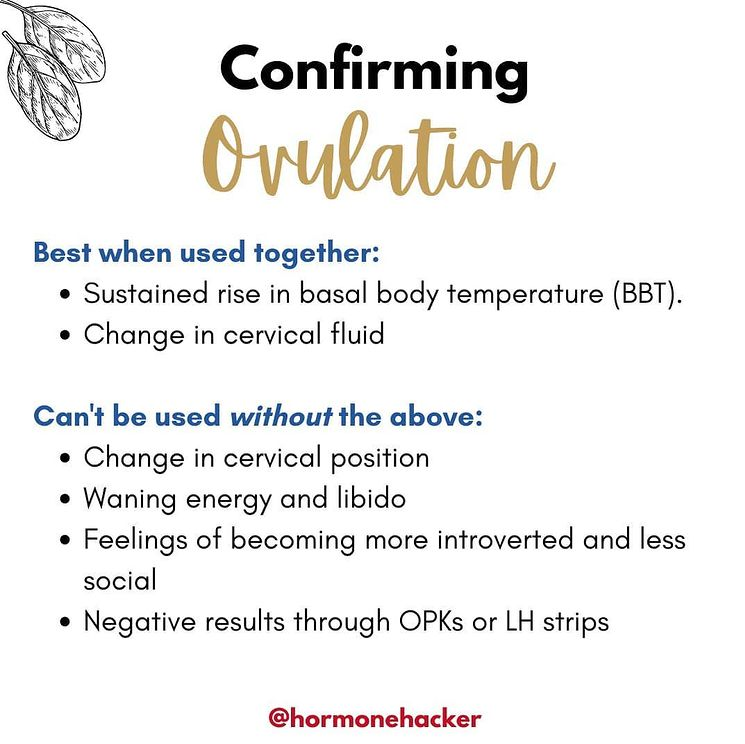Reminder: Ovulation is when one of your ovaries releases an egg. This happens once per cycle (in rare cases, two eggs will be released, but both happen within a 24 hour period).
Technically, the only way that you can be 100% sure that you’re ovulating is with an ultrasound.
Obviously, that’s not exactly handy. Luckily for us, there are a handful of signs and tools that can give you a decent idea of when you’re ovulating. And you’re certainly able to confirm ovulation after it’s happened, which is the basis of fertility awareness for birth control.
Instead of getting deep into birth control or trying to conceive in this post, I’ll simply describe the signs of ovulation. But know that you are most fertile around ovulation, so if you’re trying to avoid pregnancy, you’ll want to avoid unprotected sex. But if you’re trying to conceive, it’s a good time to get busy!
Around the Time of Ovulation
Many people naturally have an idea that they’re close to ovulating. Signs vary person to person, but they’re typically noticeable just for those few days per cycle leading up to the release of an egg.
Common signs of approaching ovulation include:
Peak quality cervical fluid. You may see this fluid on your underwear or on the toilet. It’s what helps sperm survive and swim!
For those who practice fertility awareness: this is the eggwhite quality CF: usually clear, stretchy and wet)
For non-FAM peeps: It’s that clear stuff that comes out of your vagina about every month that probably nobody taught you about! It’s normal. :)
A high, soft and open cervix (Those who practice fertility awareness can check their cervical position.)
Increased energy and libido
Feeling more social, extroverted, confident and productive
Possible pain, called “mittelschmerz”
It’s German for “middle pain,” as in middle of your cycle.
Most people won’t feel these sharp and temporary pains, but they’re normal.
Possible spotting
Not all people spot around ovulation, but it’s normal if it’s just a bit of spotting and bright red or pink.
If it’s heavy, lasts longer than two days or is accompanied by other symptoms, get checked out.
Results of ovulation predictor kits (OPKs) or luteinizing hormone (LH) test strips
Some people opt to use these tests, especially if they’re trying to conceive. You can find urine testing strips without a prescription.
LH sharply rises right before ovulation, for about 24-48 hours. It’s the hormone that encourages a mature egg to release.
If you have PCOS, these might not be as much help (since you could have several periods of high LH before eventually ovulating).
Confirming Ovulation Afterward
You’ll probably notice a difference in your energy and feelings post-ovulation, but to be entirely sure that you did indeed ovulate, you’ll need to be charting your cycles by practicing fertility awareness.
Biological changes after ovulation include:
Sustained rise in basal body temperature (BBT).
FAM users take their BBT every morning and look for a “temperature shift.”
Post-ovulation BBT can be even over a half degree higher than during the follicular phase!
The rise in temperature is due to the presence of progesterone.
Depending on the method of fertility charting that you follow, you have to wait a certain amount of days of sustained temp shift before having unprotected sex.
Change in cervical fluid
The slippery, clear eggwhite fluid will disappear, and you’ll notice much less CF (many completely “dry up.”)
Depending on the method of fertility charting that you follow, you have to wait a certain amount of days of non-peak or dry CF before having unprotected sex.
Change in cervical position
Cervix will move to a low, firm and closed position.
This can’t be used alone; it can be interpreted as a post-ovulation sign only if BBT and CF corroborate the changes.
Other noticeable changes include:
None of these can be used to confirm ovulation without biological signs.
Waning energy and libido
Feelings of becoming more introverted and less social
Negative results through OPKs or LH strips
What About Pregnancy?
If you do not become pregnant this cycle, you’ll get a period about 10-16 days after the rise in BBT and change in CF. This period of time is called the “luteal phase.”
If you become pregnant this cycle, you’ll notice an even longer sustained rise in BBT. Once you hit 18 days of elevated temperatures (and have confirmed ovulation through CF changes), you are very likely to be pregnant and should take a test.
Remember, very early pregnancy symptoms are similar to typical PMS symptoms. You won’t know for sure until you test or get your period. Charting with fertility awareness gives you a great idea of when your period is truly due.
A Note on Femtech
I absolutely do not recommend relying on Femtech devices or apps to predict your ovulation as a form of birth control.
Although devices can be a complement to charting, I would not personally rely on femtech if you’re truly looking to avoid pregnancy. The reason being— your app doesn’t know what your body is doing TODAY. It simply looks at your PAST cycles.
This cycle could be totally different than any other you’ve had before. You may be experiencing stress, which could delay ovulation. Your app won’t pick up on that, so it might give you a green light to have unprotected sex when you’re actually still fertile.
You are actually way smarter than an app. Promise! You just need to take the time to learn a fertility awareness method.
If you do, you’ll know what’s going on throughout your whole cycle, discover if there’s a potential problem, feel confident in your body and save a lot of money, too!
Do you notice when you’re near ovulation? How does it feel?


